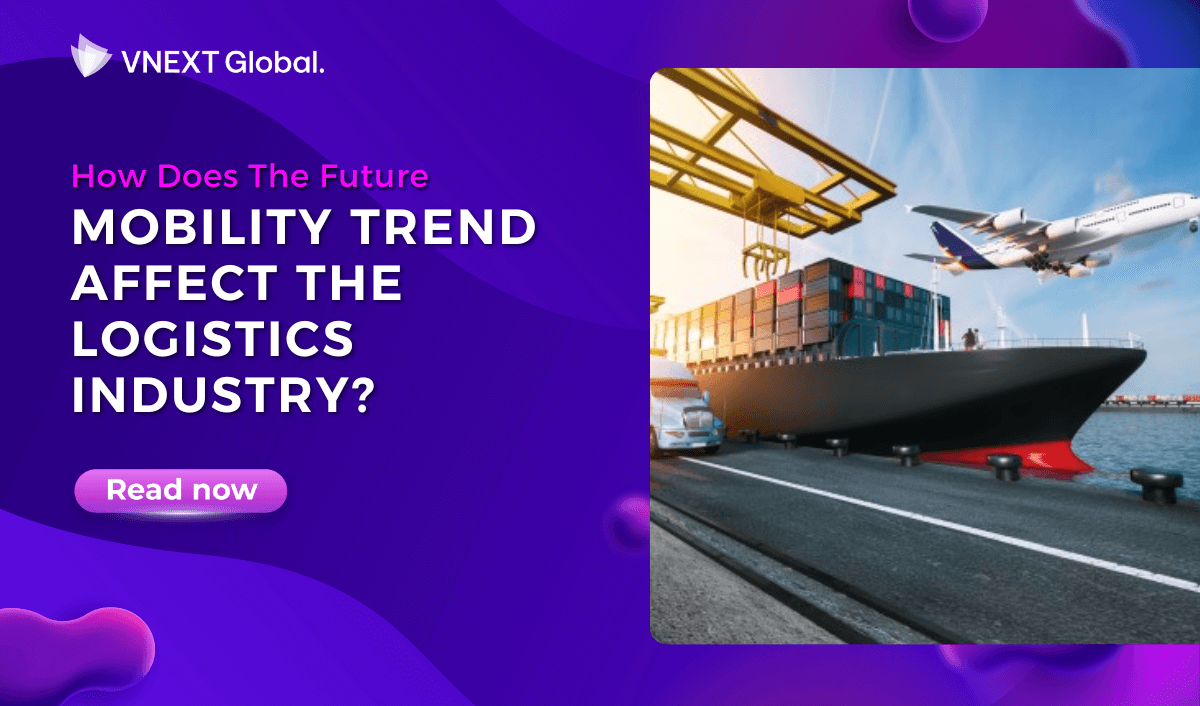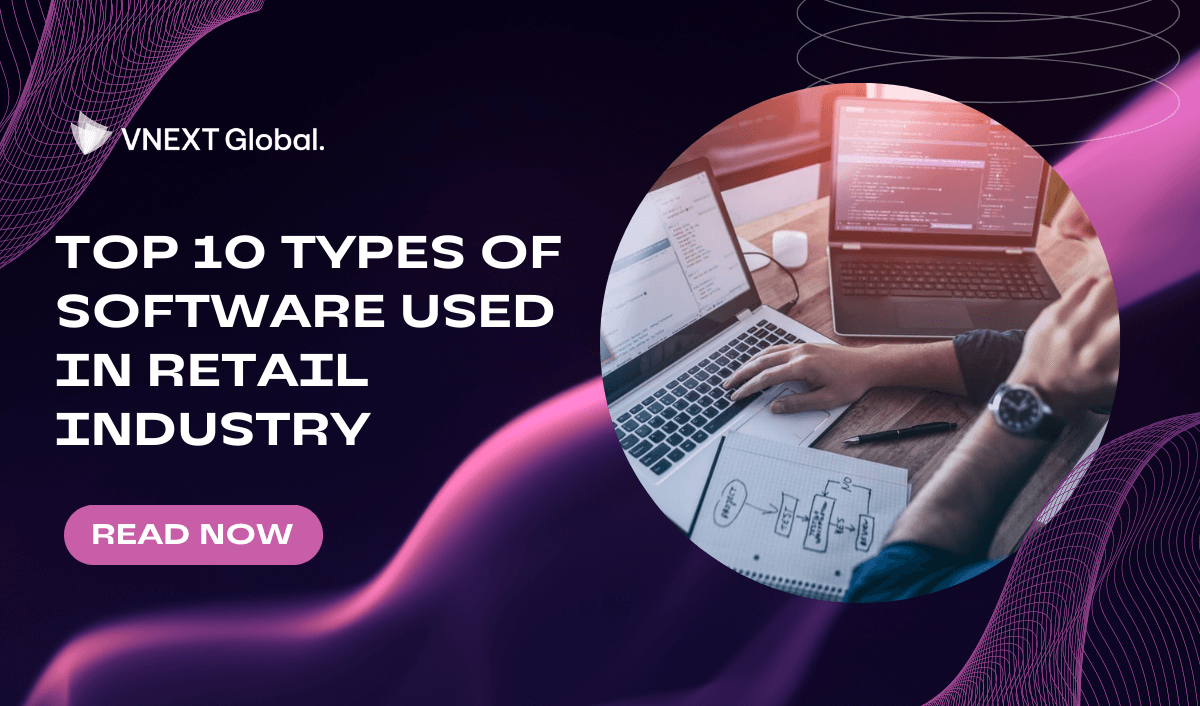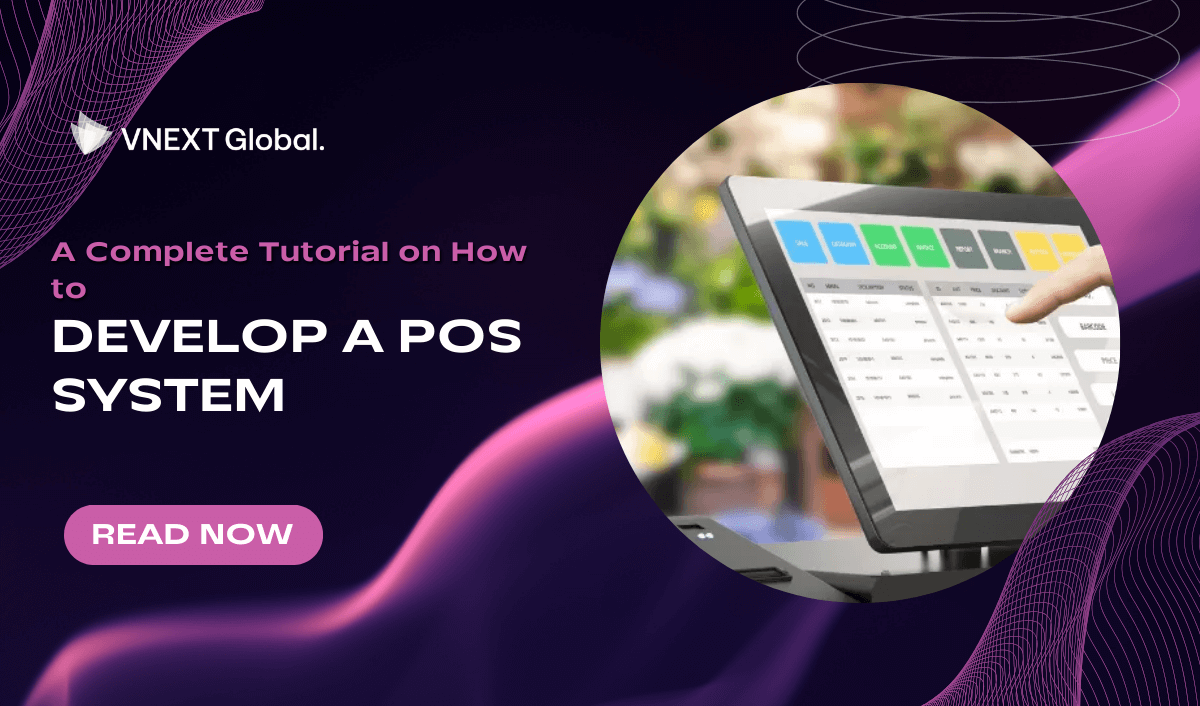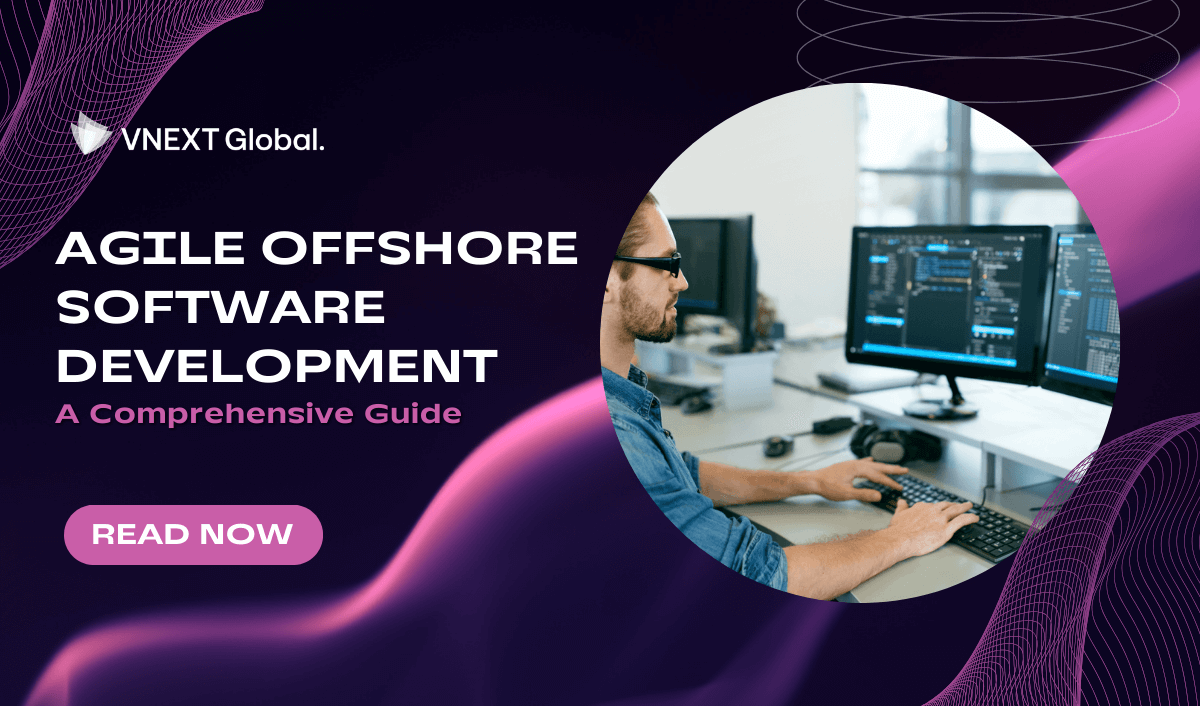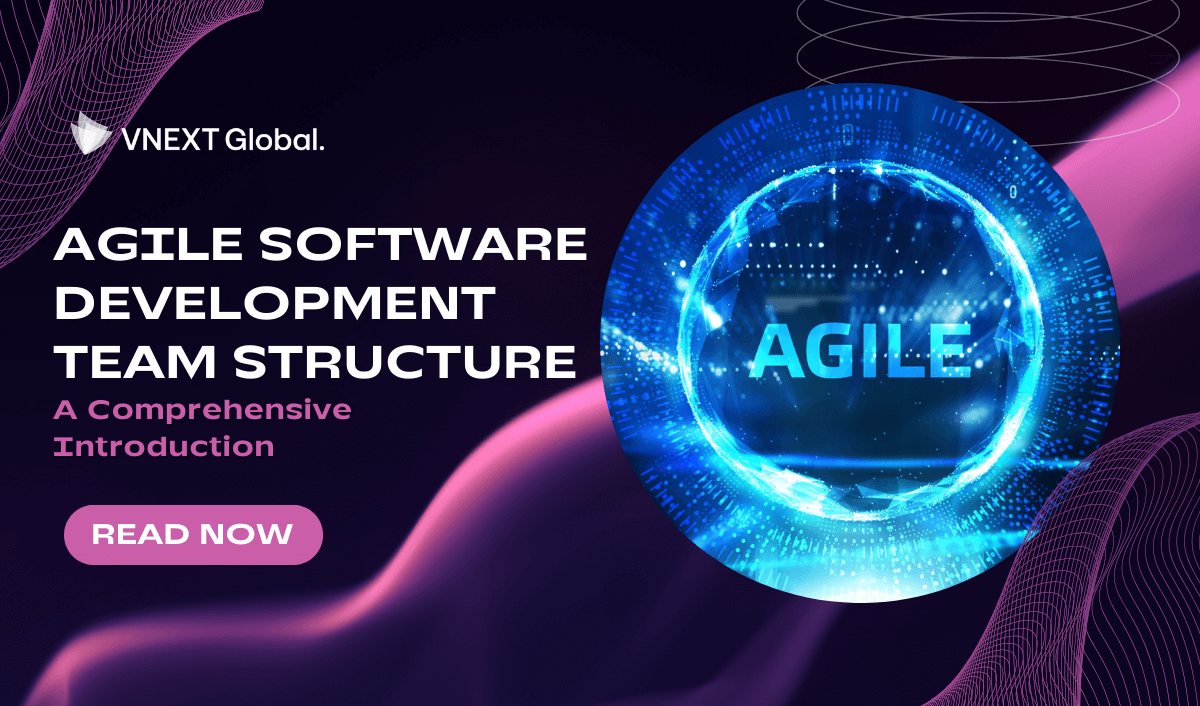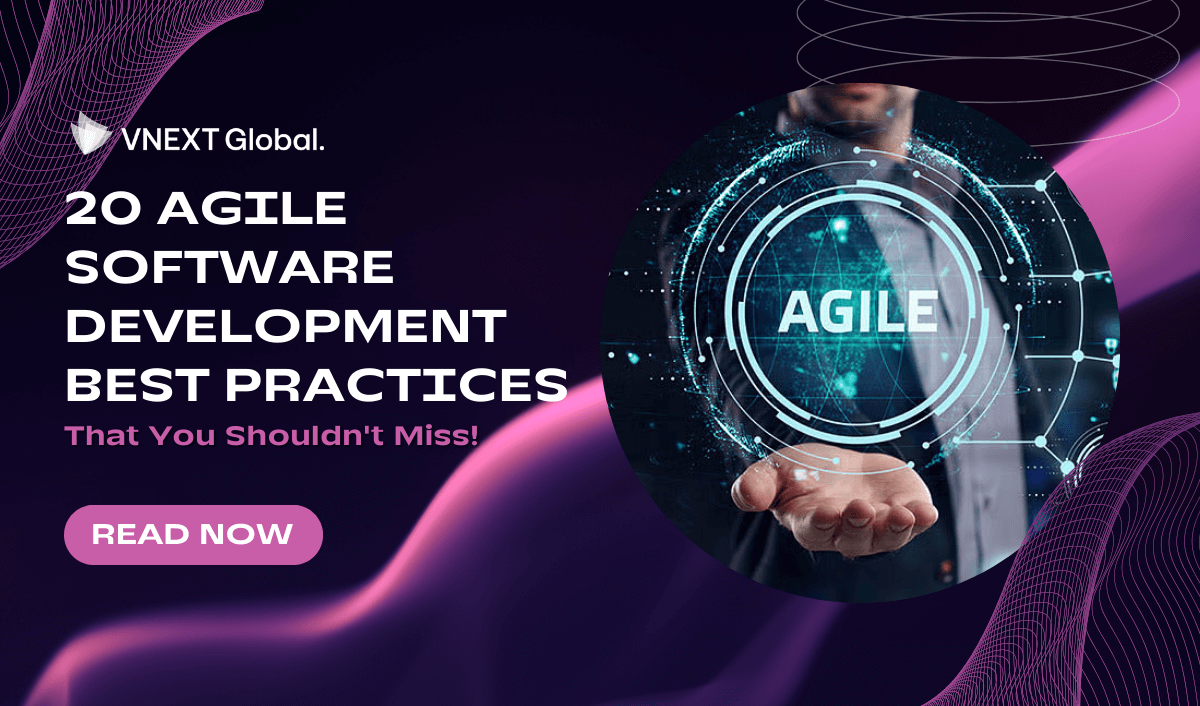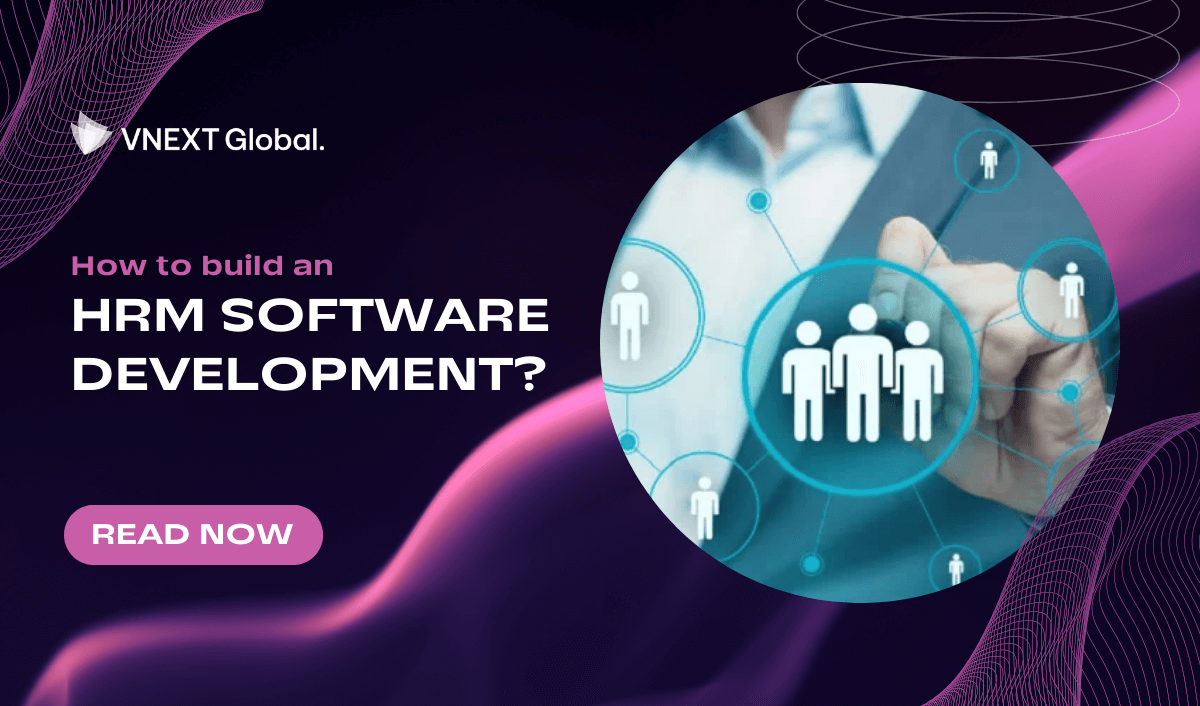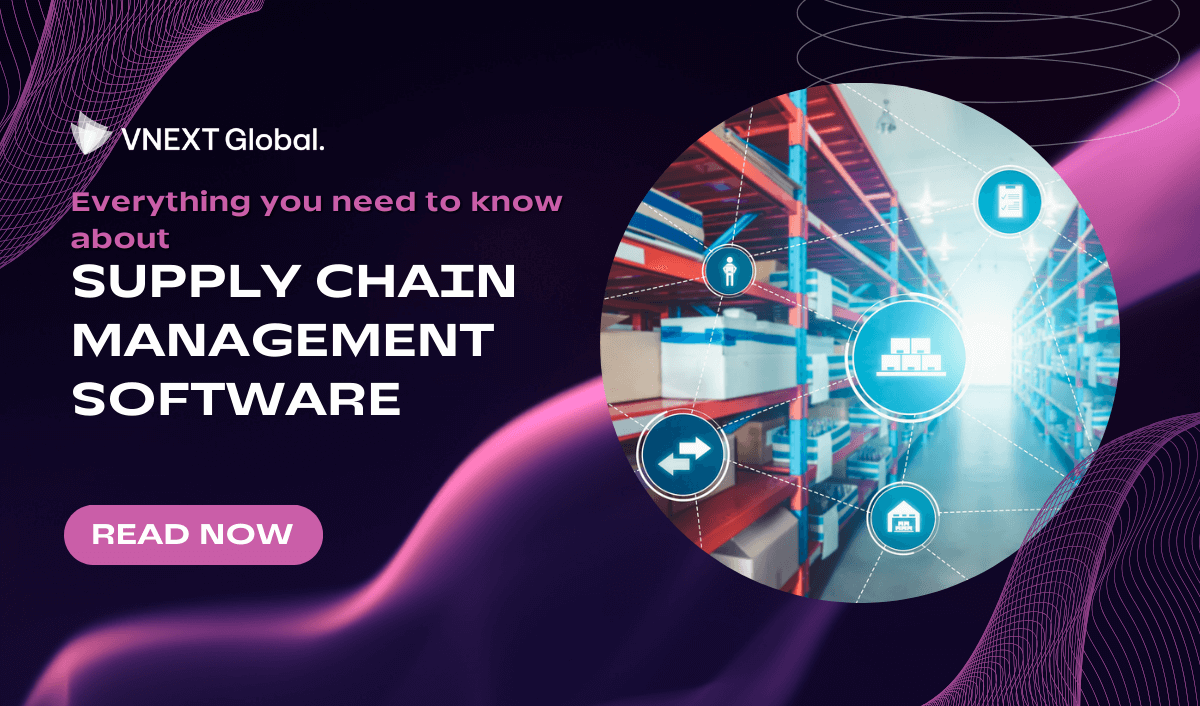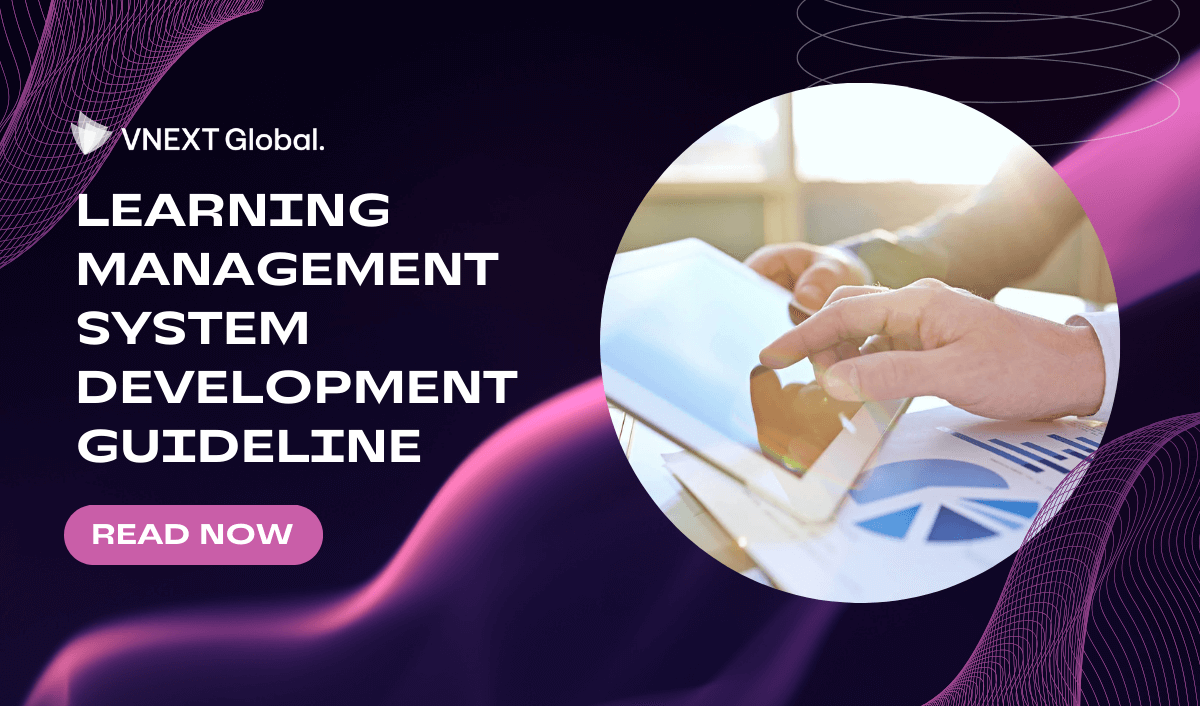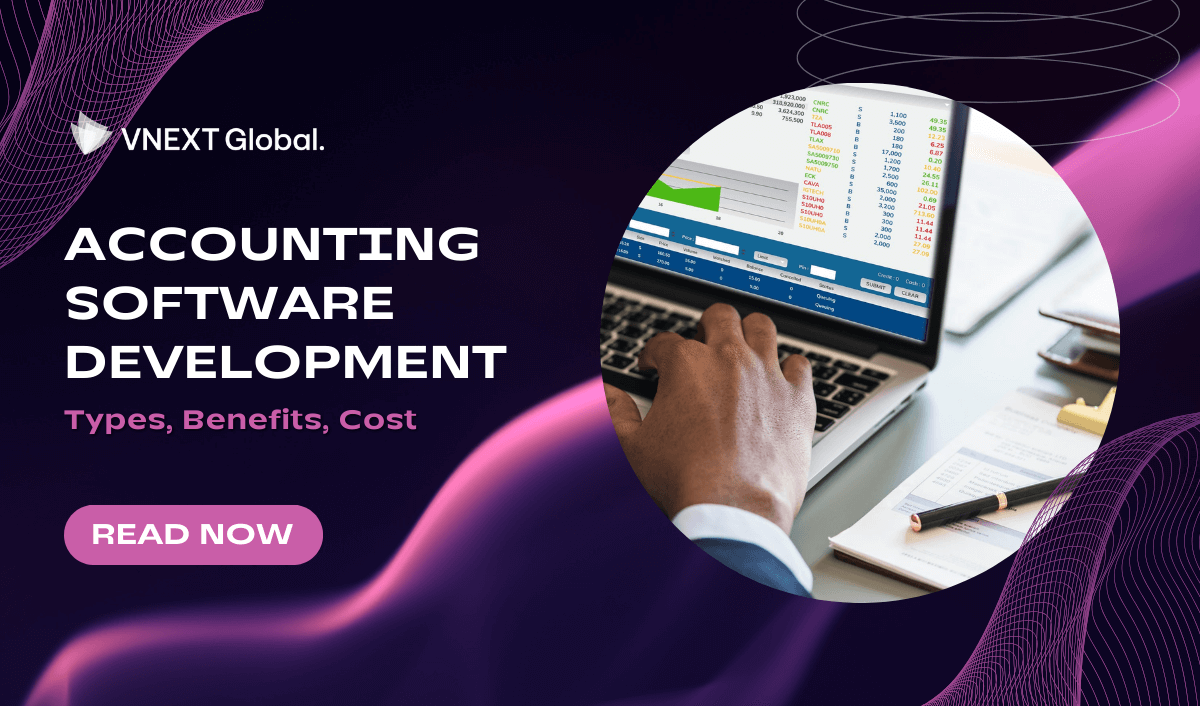It is now widely accepted that mobility, particularly in large urban areas, will be significantly different in 2030 than it is today.
With transportation seamlessly connecting people's lives, consumers will get from point A to point B in a cleaner, cheaper, and safer way. And our journey is expected to be a productive and entertaining extension of our daily routine.
Broader access will benefit segments of the population ranging from the young to the elderly. Let's take a look at how logistics might look with the next-generation mobility trend.
1. What is the significance of the trend?
Mobility is experiencing its "second great inflection point," a shift toward autonomous, connected, electric, and smart (ACES) technologies. This shift has the potential to disrupt markets while improving the efficiency and sustainability of land and air transportation.
A. Disruptive dimensions of mobility (ACES)
-
Autonomous technologies
Automated systems with sensors, AI, and analytical capabilities are able to make independent decisions based on the data they collect.
Some noteworthy technologies:
- Radar and camera: Sensors that automatically find objects, classify them, and figure out how far away they are.
- Lidar: a system for measuring the distance of light traveling time
- Steer/brake/shift-by-wire: electrical or electro-mechanical systems that do things on a car that were previously done with mechanical linkages.
- HD maps plus SLAM: Simultaneous mapping and localization solution - a way to map out unknown areas.
- Object detection: technologies used for planning behavior, routes, and movements.
- Driving strategy: Full-stack autonomous vehicle solutions that combine hardware and software.
-
Connected-vehicle technologies
Equipment, apps, and systems that use vehicle-to-everything communications to improve safety, system efficiency, and mobility on roads.
Some noteworthy technologies:
- Infotainment (In-car entertainment): Solutions for in-car infotainment (eg. augmented reality, voice recognition, and gesture control)
- Cybersecurity: Solutions to stop cyberattacks on connected cars and commercial vehicles (eg. encoding)
- V2I connectivity: Connectivity between vehicles and infrastructure (V2I) is made possible by software and hardware.
-
Electrification technologies
Solutions that involve replacing parts of vehicles that use traditional energy sources with ones that use electricity.
Some noteworthy technologies:
- Beyond LIB: Sodium-ion (Na-ion) and potassium-ion (K-ion) batteries, which might solve the resource problems that LIBs have.
- Lithium-ion battery (LIB): An advanced battery technology that uses lithium-ion as a key part of its electrochemistry.
- Digital twin Battery analytics: A real-time virtual model of a system or process that mirrors the most important parts of the existing power infrastructure.
- Hydrogen fuel cells: a type of propulsion system in which hydrogen is used to convert stored energy into electricity.
- Hybrid propulsion: a propulsion system that uses more than one source of power, either all at once or in turns (eg. fuel-electric)
-
Smart mobility solutions
Hardware and advanced digital/analytics solutions make it possible to use shared-mobility solutions and other forms of transportation instead of owning a gas-powered car.
Noteworthy technology:
- Transportation demand management (TDM): a set of solutions that help people switch to more efficient and environmental-friendly ways to travel or transport.
B. Adjacent technologies
-
Lightweight technologies
Using new materials (like carbon fiber) and methods (like making engines smaller) to improve fuel efficiency and make transportation more environmental-friendly.
-
Value chain decarbonization
Technical tools to reduce emissions from the production of materials and the whole process of making things, from start to end, and to increase the use of recycled materials all along the value chain.
.png)
2. How the mobility trend affects the logistics industry?
Logistics is one of the industries affected most by the mobility trend.
First, the future of mobility improves the operational setup by making it easier to use assets, more flexible, and safer. For example, cities around the world are expanding and improving their public-transit networks. Adding autonomous capabilities to transit vehicles may save operating costs, while new deployment models, such as shared vehicle fleets, might make transit more flexible and accessible. Using data from IoT-enabled infrastructure can assist planners in increasing capacity and improving dependability, allowing mass transit to compete with private automobiles and mobility services.
Second, because assets may be controlled by major integrators rather than individual carriers, it creates new business models. Value creation potential in the new mobility environment will almost certainly need players to rethink their business strategies.
Depending on an organization's role in the ecosystem, executives must assess if current capabilities enable it to provide the value consumers seek - and, if not, how to establish new skills.
3. What are some applications for the technologies that are driving this trend?
A. Goods transportation
- Long-distance supply chain with self-driving trucks
- Last-mile delivery via freight management
- Solutions for supply chain optimization that enable same-day delivery
- Trucking exchanges for effective freight management
B. People transportation
- New modes of transportation, such as robot taxis, are being developed.
- Vehicles designed with longevity in mind (eg, designed specifically for shared mobility)
.png)
Final thoughts
The future of mobility can significantly benefit logistics companies. First, this trend can optimize businesses’ operation costs through supply chain improvements. Also, the market will expand as it enables the firm to reach new segments of customers, and provide same-day delivery.
As a logistics business owner, it is ignorant not to keep abreast of the trend. Therefore, it’s essential to apply next-generation technologies to your logistics business. And if you want to digitalize your logistics system development, consider our latest technologies here!
If you are looking for a trusted IT partner, VNEXT Global is the ideal choice. With 14+ years of experience, we surely can help you to optimize your business digitalization within a small budget and short time. Currently, we have 400+ IT consultants and developers in Mobile App, Web App, System Development, Blockchain Development and Testing Services. We have provided solutions to 600+ projects in several industries for clients worldwide. We are willing to become a companion on your way to success. Please tell us when is convenient for you to have an online meeting to discuss this further. Have a nice day!
Author: Chi Vo - Content Marketing Executive

